Congress passed 42 U.S.C. § 14141 in an effort to combat police misconduct and incentivize proactive reform in local law enforcement agencies. The statute gives the U.S. Attorney General the power to initiate structural reform litigation against local police departments engaged in a pattern or practice of unconstitutional behavior. While academics initially praised the law’s passage, many have since worried that the Department of Justice (DOJ) has not effectively administered the measure. Little research has analyzed how the DOJ has used its authority to initiate structural police reform. Using a combination of qualitative and quantitative methods, I fill this gap in the available literature by detailing the DOJ’s use of structural police reform over time. I conclude that the DOJ has historically underenforced § 14141, due in part to resource limitations that prevent the agency from aggressively pursuing all reported cases of systemic misconduct. I also show that the DOJ has unevenly enforced § 14141 over time. Changes in leadership and internal policies have influenced the DOJ’s use of structural police reform. These changes affected both the breadth and depth of enforcement. In some cases where systemic police misconduct did appear to exist, a phenomenon I refer to as “political spillover” deterred the DOJ from turning to structural police reform. Based on these findings, I argue that the DOJ must adopt a more transparent internal case selection process that incentivizes proactive reform in local police agencies. And given the resource limitations facing the DOJ in enforcing § 14141, I contend that state and national policymakers should seek alternative routes to increase the number of structural police reform cases. Combined, these changes could ensure that structural police reform lives up to its potential as a transformative tool for combating police wrongdoing.

